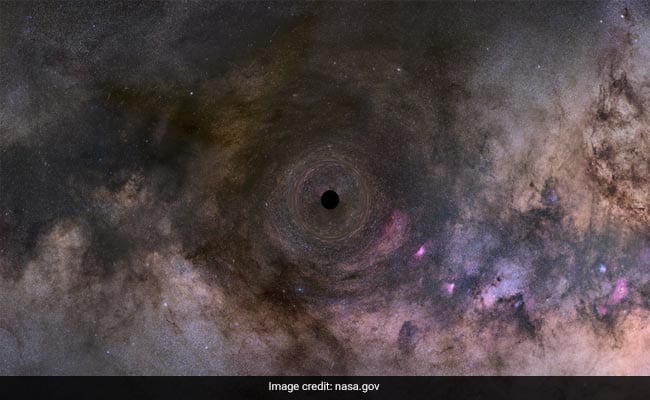
Black holes have the highest gravitational force in the universe
New Delhi:
India will begin the New Year today with an effort to solve one of the biggest mysteries of the universe — black holes. A rocket will lift off today carrying an advanced astronomy observatory meant to study black holes and neutron stars.
Here are the Top 10 points in this big story:
-
With the successful launch of XPoSAT or the X-ray Polarimeter Satellite, at 9.10 am , India will become the second country after the US to have an ‘observatory’ to study black holes. The new mission comes on the heels of India’s successful moon mission Chandrayaan.
-
Using X-ray photons and their polarisation, XPoSAT will help study the radiation from near black holes and neutron stars. It carries two payloads namely POLIX (Polarimeter Instrument in X-rays) and XSPECT (X-ray Spectroscopy and Timing).
-
The satellite will measure polarisation of X-rays in the energy band 8-30keV emanating from about 50 potential cosmic sources through Thomson Scattering by POLIX payload.
-
It will carry out long term spectral and temporal studies of cosmic X-ray sources. It will also carry out polarisation and spectroscopic measurements of X-ray emissions from cosmic sources through POLIX and XSPECT payloads..
-
When stars run out of fuel and ‘die’, they collapse under their own gravity and leave behind black holes or neutron stars.
-
Black holes have the highest gravitational force in the universe and neutron stars have the highest densities.
-
Gathering more information on this, the mission will help unravel the mysteries of the ultra-extreme environments in space.
-
The XPoSat satellite cost around Rs 250 crore (approximately $30 million) while the NASA IXPE – which is on a similar mission since 2021 — required an outlay of $188 million.
-
The Indian satellite is expected to last more than five years compared to the two-year life span of the NASA IXPE,
-
The XPoSAT mission will see the Polar Satellite Launch Vehicle or PSLV — undertake its 60th flight. Besides the 469-kg XPoSAT, the 260-tonne PSLV will lift off with 10 experiments.




